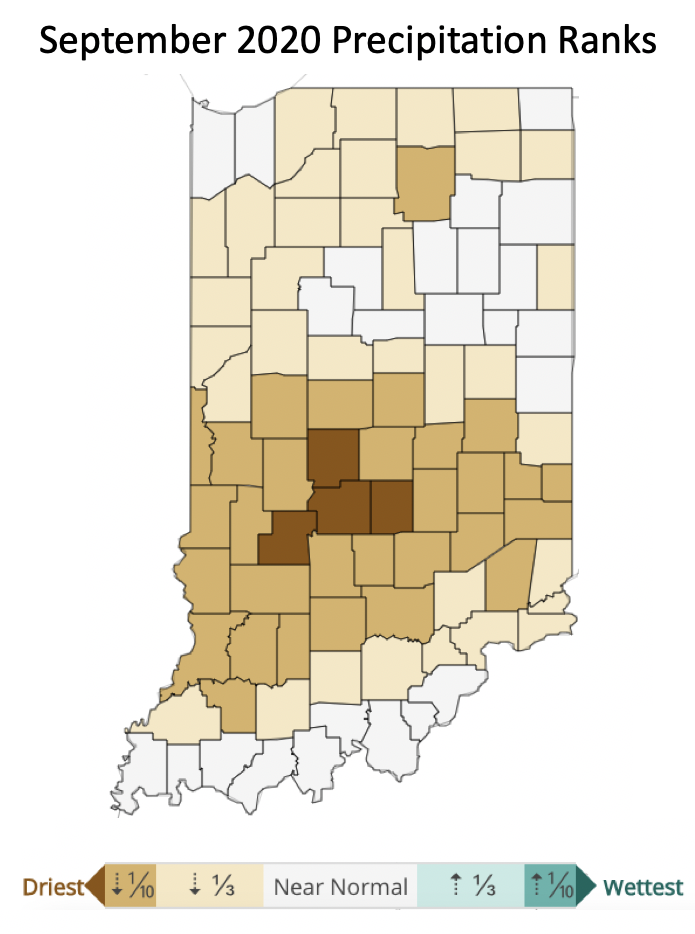
September was dry across Indiana with some counties being the driest on record since 1895 (Figure 1).

September was dry across Indiana with some counties being the driest on record since 1895 (Figure 1).
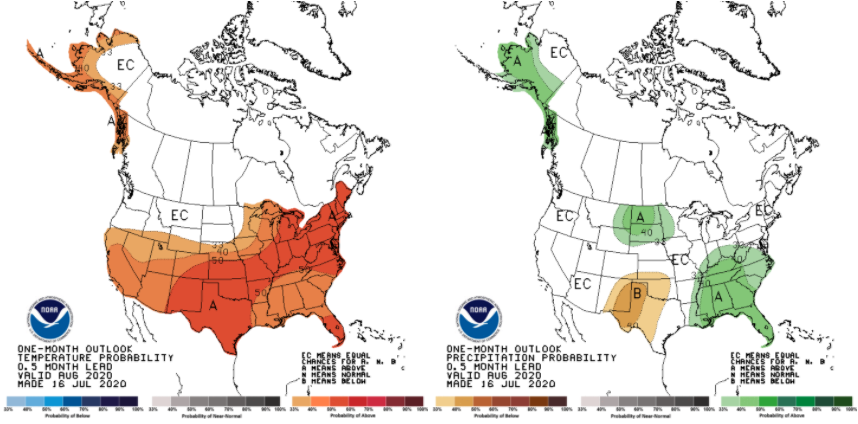
On July 16th, the national Climate Prediction Center released the climate outlooks for August (Figure 1) and the August-September-October (Figure 2) period.
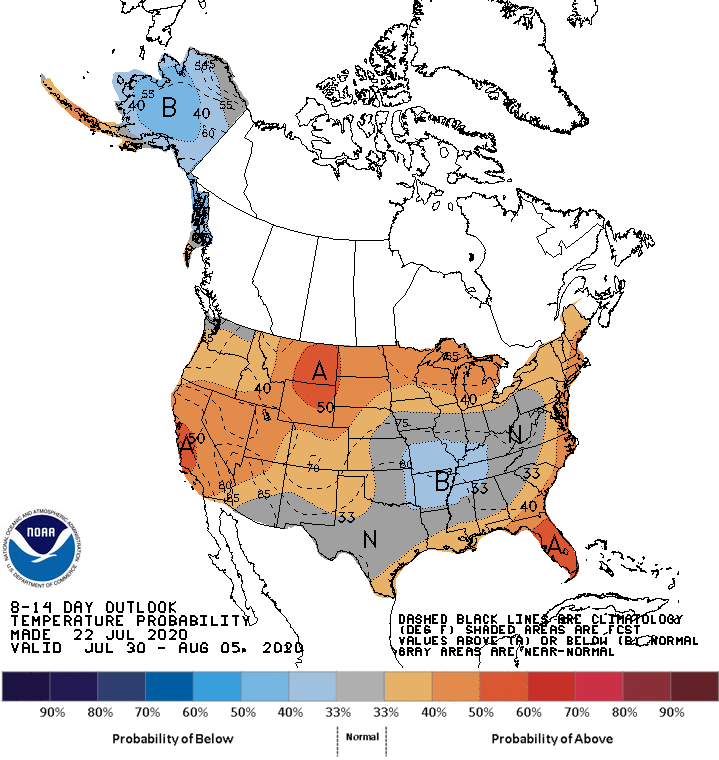
For the first time in what seems like months, the 8-to-14-day climate outlook is not showing significant confidence for above-normal temperatures in Indiana (Figure 1).
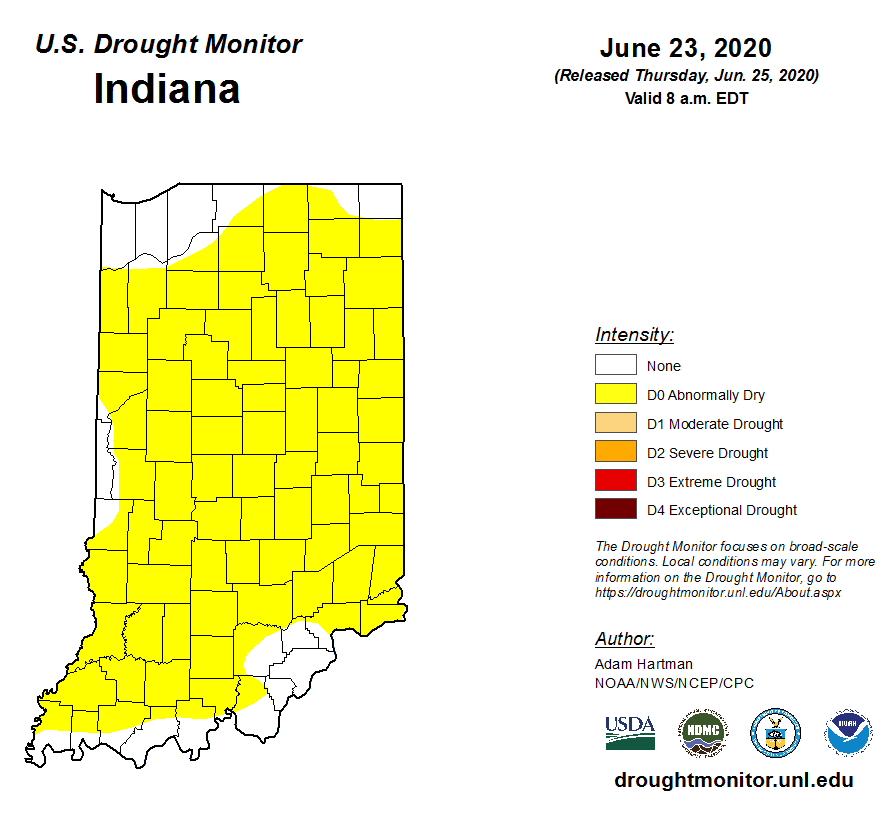
Prior to this week, there was growing concern of developing drought across Indiana.
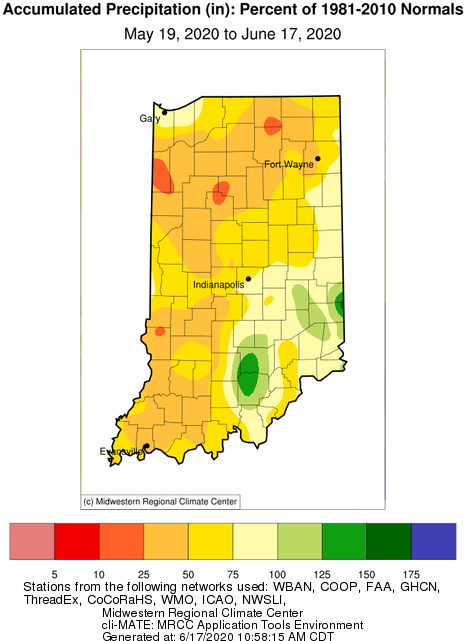
Indiana has been very dry the last several weeks (Figure 1) and conditions are starting to show in lawns and fields.
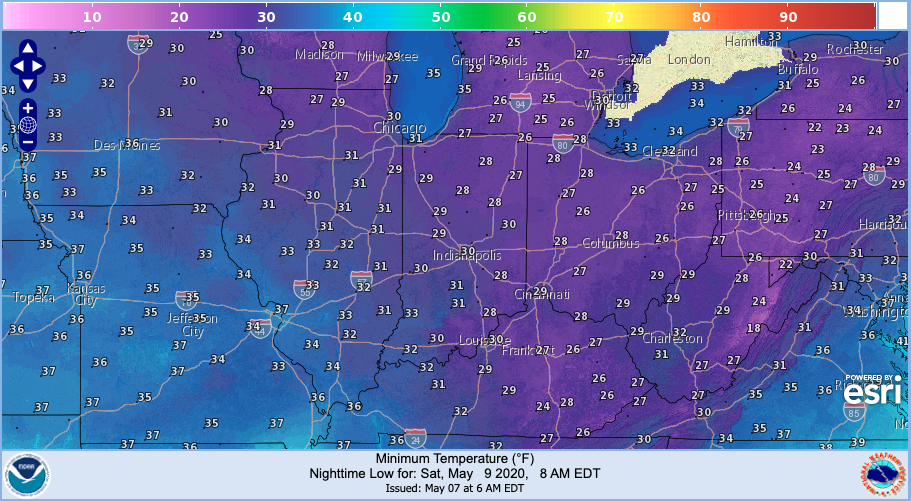
The earth’s position and movement around the sun welcomed the spring equinox on March 19th, and meteorologists in the northern hemisphere welcomed spring on March 1st.
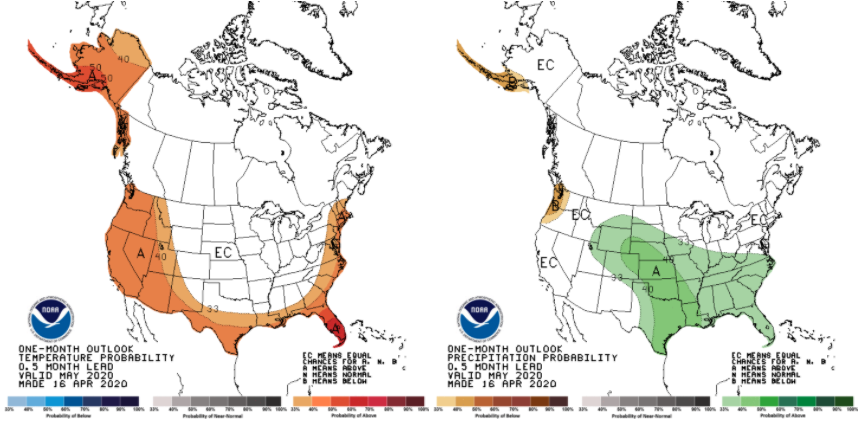
The Climate Prediction Center’s outlook for May is dominated by uncertainty regarding both temperature and precipitation (Figure 1).
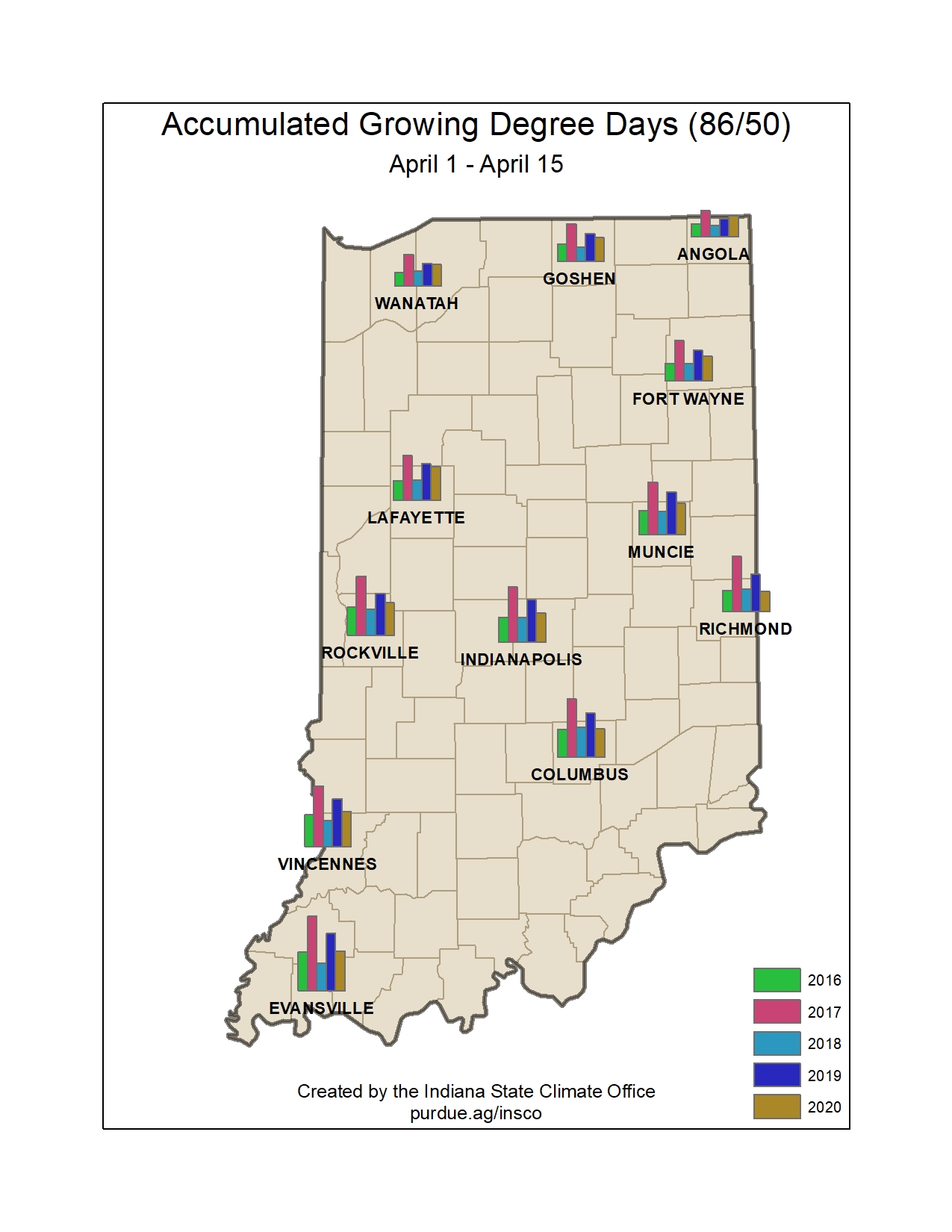
This week brought freezing temperatures across much of Indiana – an unpleasant change from the previous weeks that were encouraging us to think about short sleeves and flip-flops!
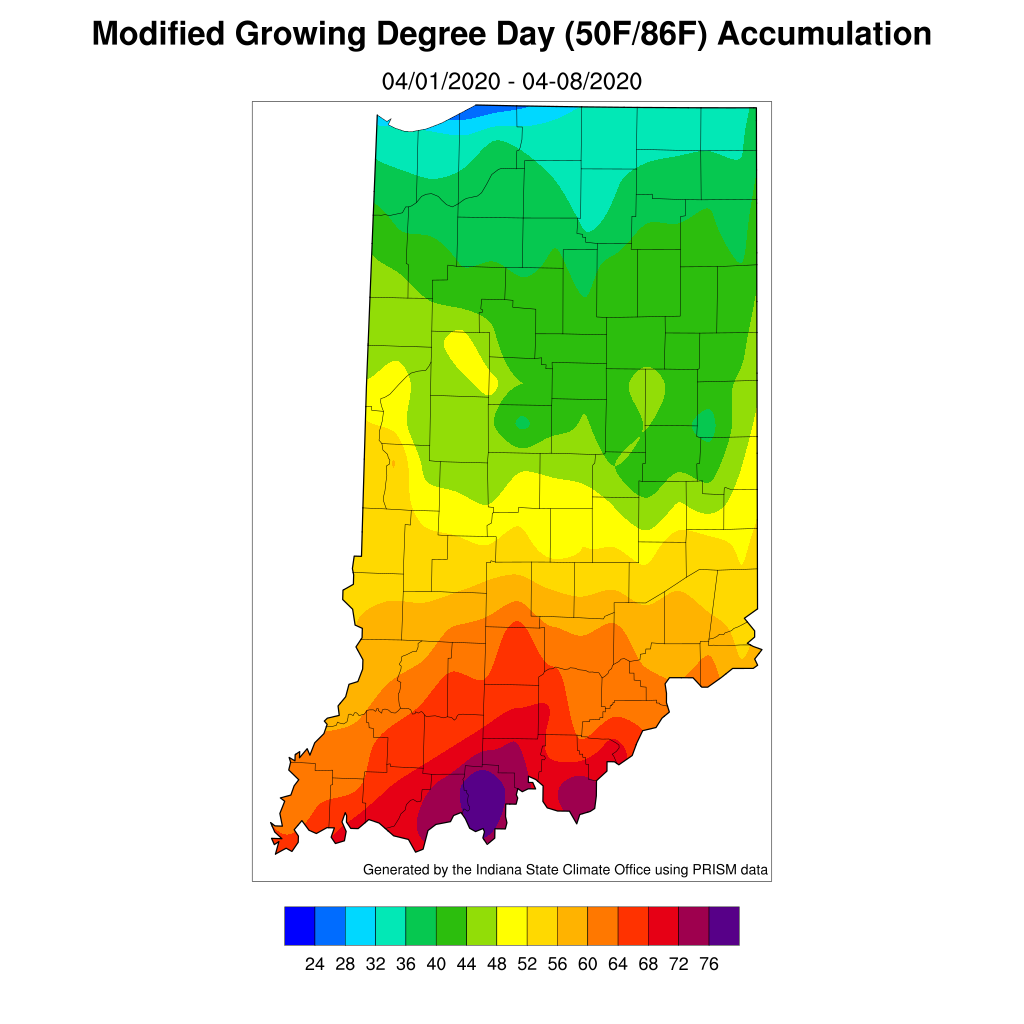
Staying true to global climate trends these days, March 2020 finished warmer and wetter than the 1981-2010 climate normal period.
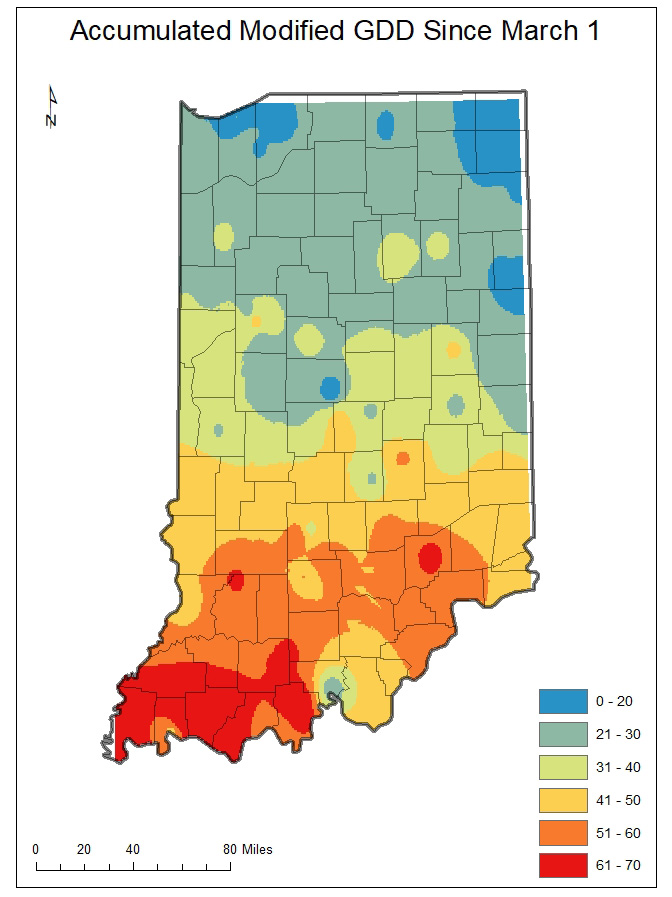
Over the past 30 days, southern Indiana has received above-average precipitation which has caused some flooding and well-saturated fields.
© 2026 Purdue University | An equal access/equal opportunity university | Copyright Complaints | Maintained by Pest&Crop newsletter
If you have trouble accessing this page because of a disability, please contact Pest&Crop newsletter at luck@purdue.edu.